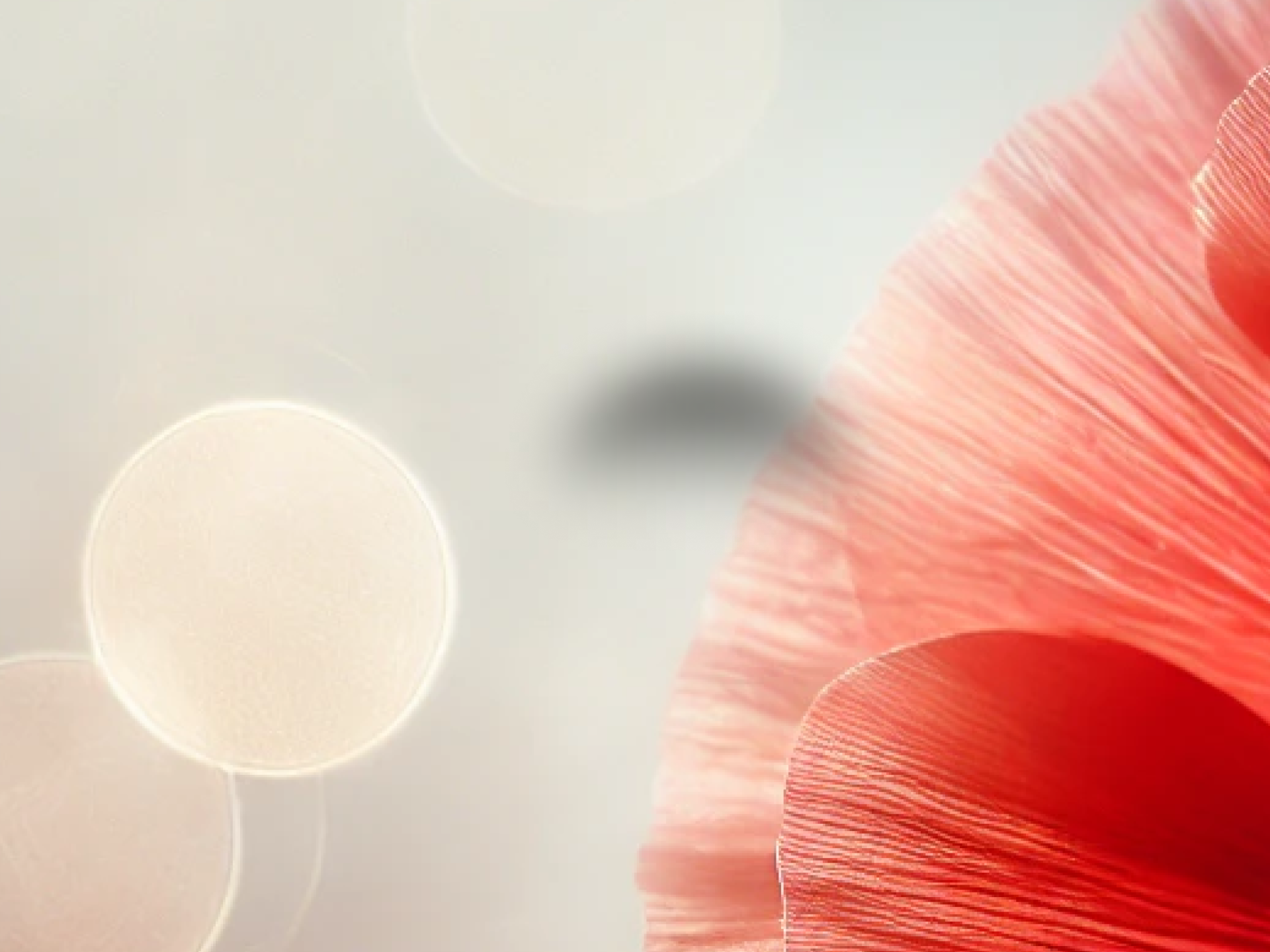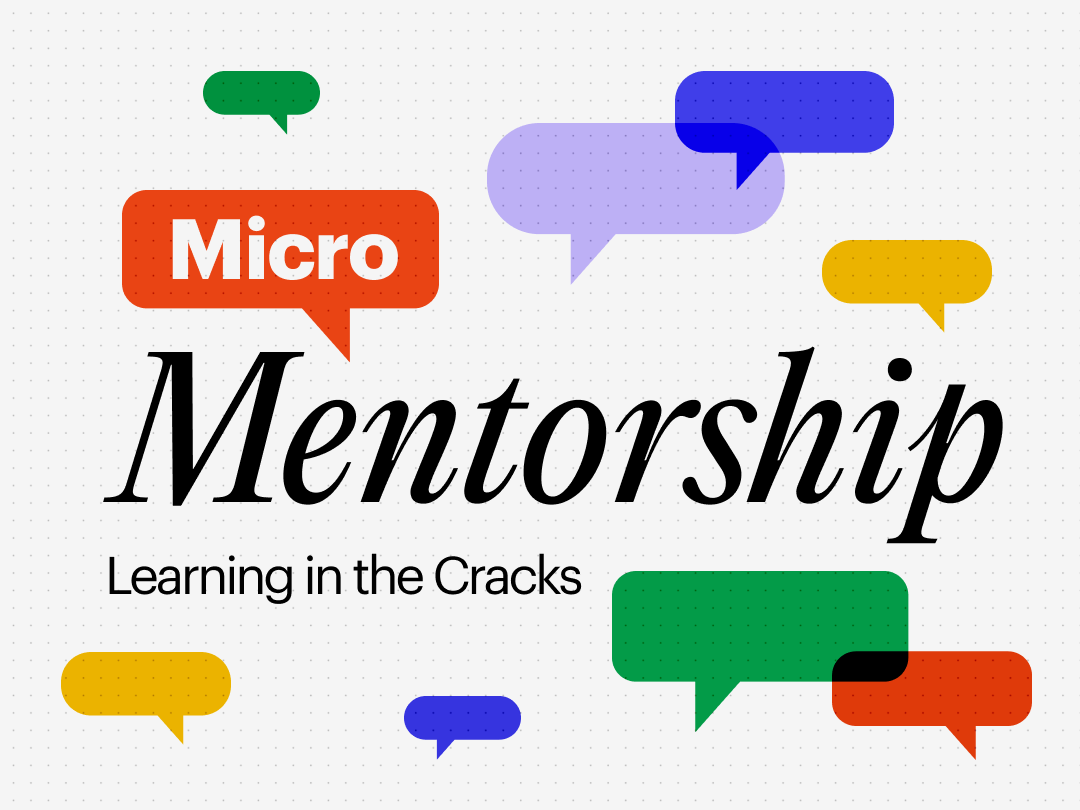The Passion Equation
November 20, 2024
We believe that great design starts from a profound understanding of identity. That’s why we crafted our Identity Architecture framework and workshops that don’t tell you who you are (because no one really can) but introduce you to yourself with a refreshed perspective.
These workshops done in collaboration with large design teams, university students, founders etc. guide creative leaders to reflect on their deepest emotional-motivations to build what we fondly call a "creative operating system" for navigating life and work. After all, knowing what drives you is as essential as the work itself.
This philosophy and approach isn’t just a studio secret; it’s echoed in centuries of philosophical musings. David Hume, an 18th-century philosopher, famously claimed: “Reason is, and ought only to be the slave of the passions.” To Hume, we are not purely rational beings moved by clear beliefs. Instead, emotions pull the strings, determining when we act, and when we don’t.
Reason is, and ought only to be the slave of the passions.
Rodrigo Díaz, in his recent work “Do Moral Beliefs Motivate Action?”, dives deep into this debate. He asks: do we follow our moral compass because we believe it’s the right path, or do we follow it because our feelings push us? For instance, think of the subtle, everyday choice to check on a neighbor’s well-being. Is it because you rationally know community matters, or is it the warmth of empathy that drives you?
Díaz’s studies provide evidence with two powerful experiments. During COVID-19, he explored whether people adhered to health guidelines out of belief or emotion. Spoiler: emotions led the way. When moral beliefs and emotional responses were compared, only emotions held the significant motivational power.
A second study used the “Dictator Game,” where participants had to decide how to split raffle tickets in low-stakes (a chance to win £10) versus high-stakes (£300) scenarios. In low-stakes situations, reason played a larger role. But when the stakes climbed, emotions took the wheel, leaving moral reasoning as little more than an adviser.
Díaz’s findings hint at a truth many of us feel but rarely admit:
While we like to imagine ourselves as rational architects of our actions, our feelings often steer the ship, especially when the waves get rough.
This doesn’t mean beliefs are empty words. They are the framework, but it’s our emotional energy that fills them with life.
During Identity Architecture workshops, participants often experience a range of emotions, from exhilaration to deep introspection, gaining unprecedented clarity about themselves. This journey unveils the raw truth: most designers pour an immense amount of emotion into their work—it’s often deeply personal.
Understanding these emotional roots helps them harness their passion in a way that aligns with their values and serves their partners(clients) with greater authenticity.
In the end, this process confirms why having a creative operating system grounded in clear values is crucial. It ensures that when emotions inevitably take the wheel, they’re driving toward a purpose aligned with who we want to be. It’s a testament to our humanity: we aren’t just machines of reason.
We’re beings moved by both the gentle nudge of belief and the powerful push of feelings(passions). And that’s what makes us not only relatable but resilient, serving with heart and intention.
If you made it this far, you should sign up for our next Identity Architecture Workshop→ to unlock what makes you tick.
NB: The image featured in this Ding Article was created with AI.



